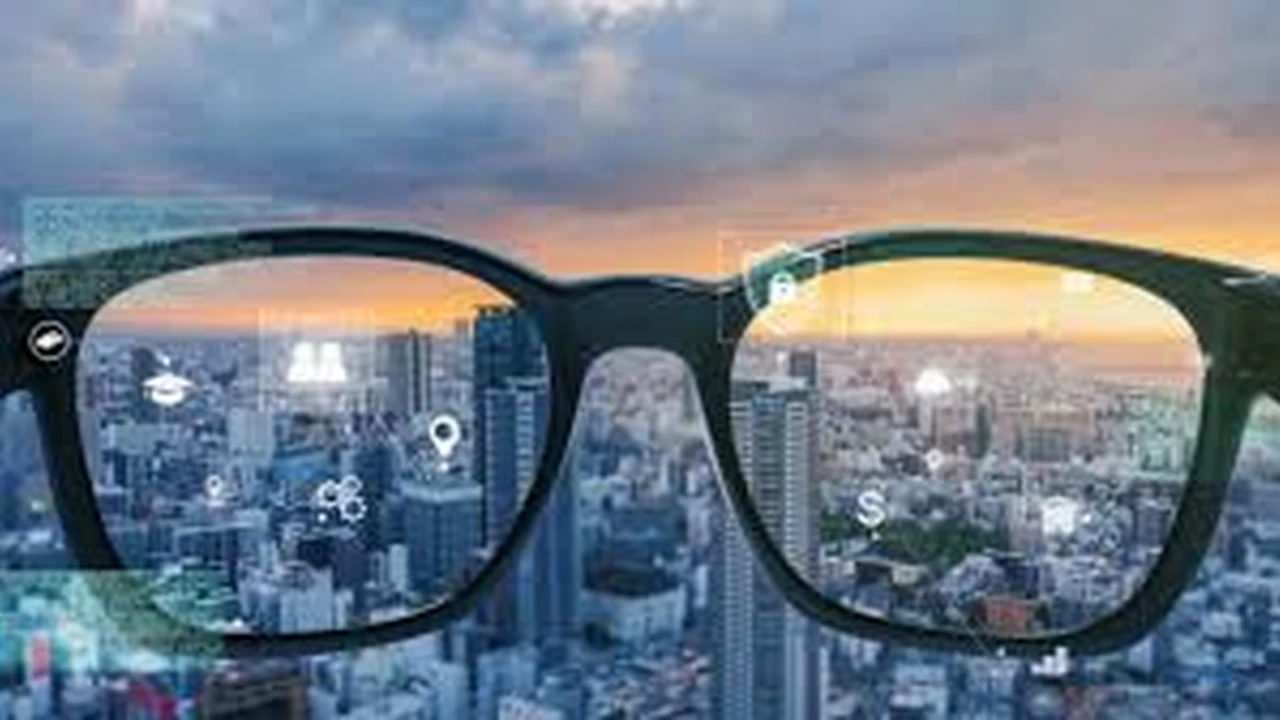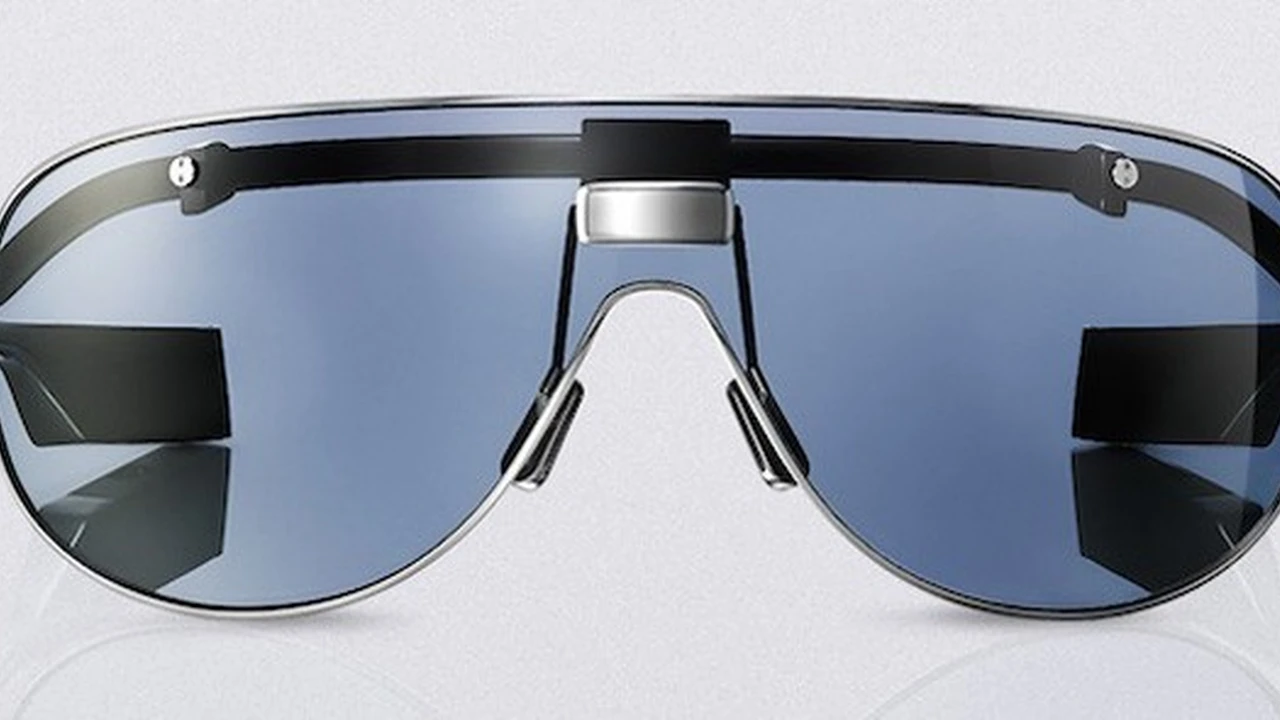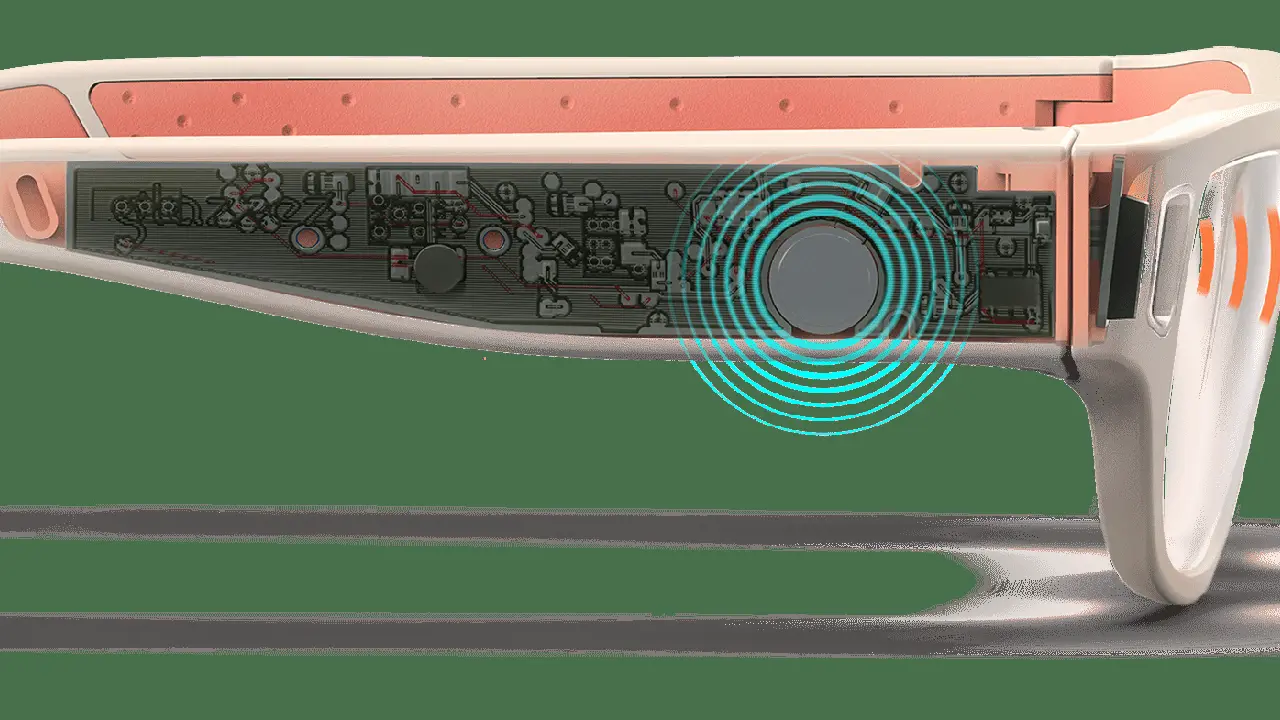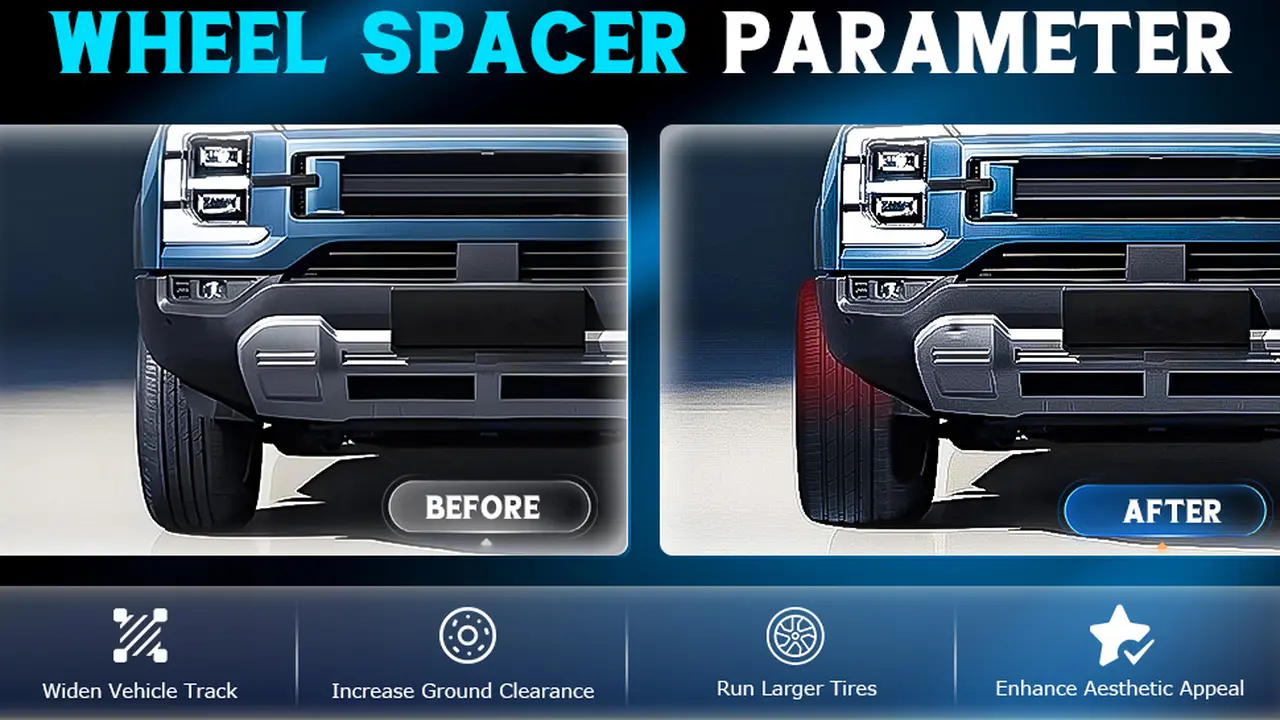Smart Glasses Design Trends Fashion Meets Function
Explore how smart glasses design is evolving to blend seamlessly with fashion and everyday wear.
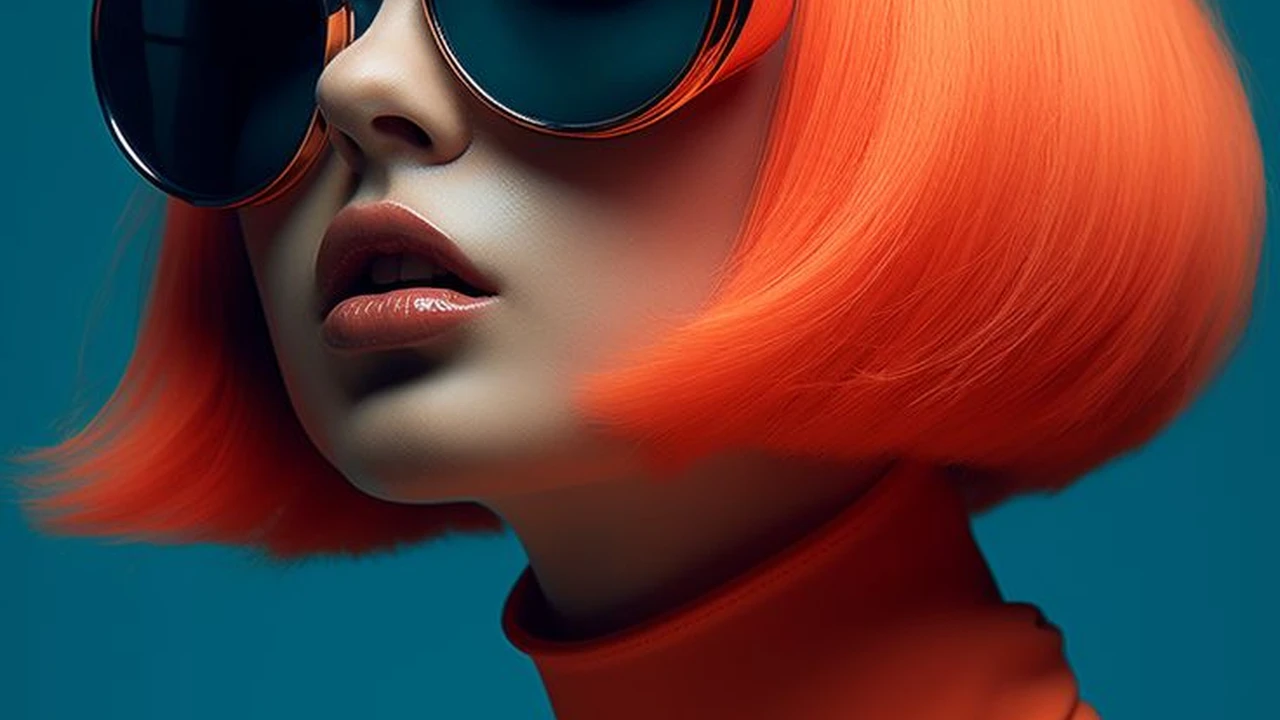
Explore how smart glasses design is evolving to blend seamlessly with fashion and everyday wear. This isn't just about tech anymore; it's about making smart glasses look good, feel good, and fit into your daily life without screaming 'gadget.' We're talking about a future where your smart glasses are as much a fashion statement as they are a piece of cutting-edge technology.
Smart Glasses Design Trends Fashion Meets Function
The Evolution of Smart Glasses Aesthetics From Clunky to Chic
Remember those early smart glasses? They were often bulky, conspicuous, and frankly, a bit awkward looking. Think Google Glass, which, while revolutionary, wasn't exactly winning any fashion awards. Fast forward to today, and the landscape has dramatically shifted. Manufacturers are pouring significant resources into making smart glasses not just functional, but also aesthetically pleasing. The goal is clear: integrate technology so seamlessly that it becomes an extension of personal style, rather than an obvious piece of hardware.
This evolution is driven by several factors. Firstly, miniaturization of components has allowed for slimmer frames and less obtrusive designs. Batteries are smaller, processors are more efficient, and display technologies are becoming incredibly compact. Secondly, there's a growing understanding that for smart glasses to achieve mass adoption, they need to appeal to a broader audience than just tech enthusiasts. This means catering to diverse fashion tastes and ensuring they can be worn comfortably and confidently in various social settings.
We're seeing a move towards designs that mimic traditional eyewear. This includes classic aviator styles, sleek Wayfarer-esque frames, and even more avant-garde designs that push the boundaries of what glasses can be. The emphasis is on subtlety and elegance, making the technology almost invisible to the casual observer. This approach helps reduce the 'geek factor' and increases the likelihood of smart glasses becoming a mainstream accessory.
Key Design Elements Shaping Modern Smart Glasses Style and Comfort
Several key design elements are at the forefront of this aesthetic revolution. Let's break them down:
Frame Materials and Finishes Premium Look and Feel
Gone are the days of cheap plastic. Modern smart glasses are increasingly utilizing premium materials like lightweight titanium, durable acetate, and even carbon fiber. These materials not only contribute to a more sophisticated look but also enhance comfort and durability. Finishes are also becoming more refined, with options ranging from matte to glossy, and a wider array of colors beyond just black or silver. Some brands are even experimenting with textured finishes or unique patterns to add a touch of individuality.
Lens Integration and Display Discretion Seamless Visuals
One of the biggest challenges in smart glasses design is integrating the display technology without making it obvious or distracting. Early models often had a visible prism or projector. Today, advancements in waveguide technology and micro-LED displays allow for projections directly onto the lens, making the display almost invisible when not in use. This seamless integration is crucial for maintaining a natural appearance and preventing the wearer from looking like they're constantly staring at a screen.
Weight Distribution and Ergonomics All-Day Wearability
Comfort is paramount for any eyewear, and even more so for smart glasses that might be worn for extended periods. Designers are focusing on optimal weight distribution to prevent pressure points on the nose or ears. Ergonomic considerations include adjustable nose pads, flexible hinges, and temple tips that conform to the shape of the head. The goal is to make the wearer forget they're even wearing smart glasses, allowing them to focus on the augmented reality or audio experience.
Battery Placement and Power Management Discreet Power Solutions
Batteries are a necessary evil in portable electronics, but their placement and size can significantly impact design. Smart glasses designers are getting creative, often integrating slim batteries into the temples or even the bridge of the glasses. Advances in power efficiency also mean smaller batteries can deliver longer usage times, further contributing to a more streamlined design.
Leading Smart Glasses Brands Pushing Design Boundaries Fashion Forward Tech
Let's look at some specific products that exemplify these design trends and are making waves in the fashion-tech space:
Ray-Ban Stories Iconic Style Meets Smart Features
Product: Ray-Ban Stories (various styles like Wayfarer, Round, Meteor)
Price Range: Approximately $299 - $379 USD
Key Features: Dual 5MP cameras for photos and videos, open-ear speakers, three-microphone array for calls and voice commands, Facebook Assistant integration, charging case.
Use Case: Everyday wear, casual content creation, hands-free communication, social sharing.
Design Philosophy: Ray-Ban Stories are a prime example of blending iconic eyewear design with smart technology. They look almost identical to traditional Ray-Ban frames, making them incredibly discreet. The cameras are subtly integrated into the top corners of the frame, and the speakers are built into the temples. This focus on maintaining a classic aesthetic has been a major selling point, appealing to a broad audience who might be hesitant about more futuristic-looking smart glasses. They come in various colors and lens options, further enhancing their fashion appeal. The charging case is also designed to resemble a standard glasses case, adding to the seamless integration into daily life.
Amazon Echo Frames Audio Focused and Discreet
Product: Amazon Echo Frames (2nd Gen)
Price Range: Approximately $269.99 USD
Key Features: Open-ear audio, Alexa voice assistant, prescription-ready, lightweight design.
Use Case: Hands-free audio streaming, calls, smart home control, personal assistant.
Design Philosophy: Echo Frames prioritize audio functionality and discretion. They are designed to look and feel like regular prescription glasses, with the smart tech subtly integrated into the temples. The open-ear audio technology directs sound to your ears while minimizing leakage, allowing you to stay aware of your surroundings. Their lightweight construction (around 31g) makes them comfortable for all-day wear. Amazon offers various frame styles and colors, and they are designed to be easily fitted with prescription lenses by your optician. The focus here is on utility and seamless integration into an existing eyewear habit, rather than a bold tech statement.
Huawei X Gentle Monster Eyewear Fashion Forward Audio
Product: Huawei X Gentle Monster Eyewear II
Price Range: Approximately $300 - $400 USD (varies by region and model)
Key Features: Open-ear stereo speakers, AI noise reduction for calls, touch controls, long battery life, IP54 dust and water resistance.
Use Case: Fashion accessory, hands-free audio, calls, smart assistant interaction.
Design Philosophy: This collaboration between Huawei and the high-fashion eyewear brand Gentle Monster is a clear statement that smart glasses can be a high-fashion item. The designs are bold, stylish, and unmistakably Gentle Monster, with the smart technology seamlessly embedded. They feature larger, more distinctive frames than many other smart glasses, appealing to those who want their eyewear to be a prominent part of their look. The focus is on premium audio quality and intuitive touch controls, all while maintaining a sophisticated aesthetic. They come in a variety of trendy shapes and colors, making them a true fashion accessory that also happens to be smart.
Nreal Air Immersive Display in a Sleek Package
Product: Nreal Air
Price Range: Approximately $379 USD
Key Features: Micro-OLED display (130-inch virtual screen at 4 meters or 201-inch at 6 meters), 46-degree FoV, lightweight (79g), compatible with various devices via USB-C.
Use Case: Portable entertainment (movies, gaming), productivity (virtual monitors), immersive experiences.
Design Philosophy: Nreal Air aims to deliver an immersive visual experience in a relatively compact and stylish form factor. While they are more visibly 'techy' than Ray-Ban Stories or Echo Frames due to the display technology, Nreal has made significant strides in making them look more like oversized sunglasses rather than a bulky headset. They are designed to be lightweight and comfortable for extended viewing sessions. The focus is on providing a large, high-quality virtual screen for media consumption and light productivity, making them a compelling option for travelers or those who want a private big-screen experience on the go. They come with different nose pads and temple tips for a customized fit.
The Future of Smart Glasses Design Blurring Lines Between Tech and Fashion
What's next for smart glasses design? The trend towards greater integration and subtlety will undoubtedly continue. We can expect even smaller components, more efficient batteries, and advanced display technologies that make the tech truly invisible. Imagine smart glasses that are indistinguishable from regular glasses, yet offer a full suite of augmented reality capabilities.
Personalization will also play a huge role. We might see more modular designs where users can swap out frames, lenses, or even add custom embellishments. The ability to 3D print custom frames tailored to individual facial structures could become commonplace, offering unparalleled comfort and style. Furthermore, collaborations between tech companies and high-fashion brands will likely become more frequent, pushing the boundaries of what's considered fashionable in the smart eyewear space.
The ultimate goal is to create smart glasses that are not just tools, but extensions of our identity and style. They will be accessories that enhance our lives without compromising on aesthetics or comfort. The line between traditional eyewear and smart eyewear will continue to blur, eventually becoming one and the same. This evolution is exciting because it means smart glasses are moving beyond being niche gadgets and are on their way to becoming a truly mainstream, indispensable part of our daily lives.
:max_bytes(150000):strip_icc()/277019-baked-pork-chops-with-cream-of-mushroom-soup-DDMFS-beauty-4x3-BG-7505-5762b731cf30447d9cbbbbbf387beafa.jpg)



